Harare: Sunshine city of hip bars and traditional crafts

The future looks bright for Harare as tourists rediscover the Sunshine City (Image: Andrew Matibiri, CC BY 2.0, via Flickr)
The days of dire shortages are fading and Zimbabwe once again is open for visitors. Begin your visit in Harare. The Sunshine City, the gateway to a country of stunning natural beauty and cultural attractions, is a safe laidback city of wide avenues, red dusty earth and indigenous gardens.
Harare is fine dining, craft markets and hipster bars. Before you rush off to Lake Kariba and Victoria Falls spend some time walking the jacaranda lined avenues and visit the craft markets for stone sculptures and other traditional crafts.
Or just drive through the capital city and appreciate its mix of classical churches and glass fronted high rises. From Kopje Hill you can get view the entire city spread out below you or hunt for bargains at lively Mbare Musika market. Enjoy the entrepreneurial vim of the city’s Tobacco Auction floor or visit Chapungu Sculpture Park or the National Art Gallery.
On the western edge of downtowns African Unity Square stands the 105 year old sandstone Anglican Church. Choir rehearsals are open to the public, go in and listen as the Church’s Shona choir sing vernacular hymns accompanied by traditional percussion instruments. Despite its impressive granite columns the Church could be considered austere, the Stations of the Cross murals add divine light to its solemn interior.
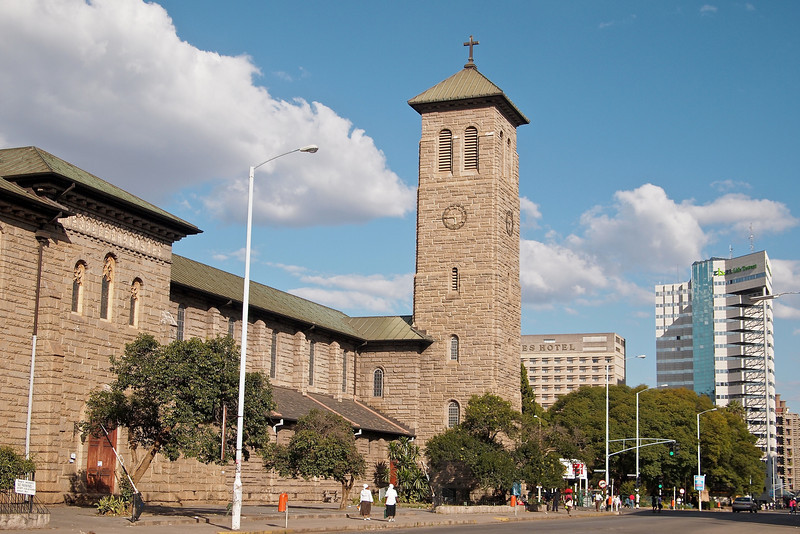
Harare’s century old Anglican Church on Freedom Square. (Image: Internaut)
Zimbabwe’s capital is a city of old colonial neighbourhoods and art and nature. Chapungu Sculpture Park is a massive open air exhibition. Take a whole day to wander around the greatest and most important collection of Shona stone sculpture in the world. Break up your visit by visiting the restaurants in the 50 acre site, apparently home to the best vegetarian meals in the city.
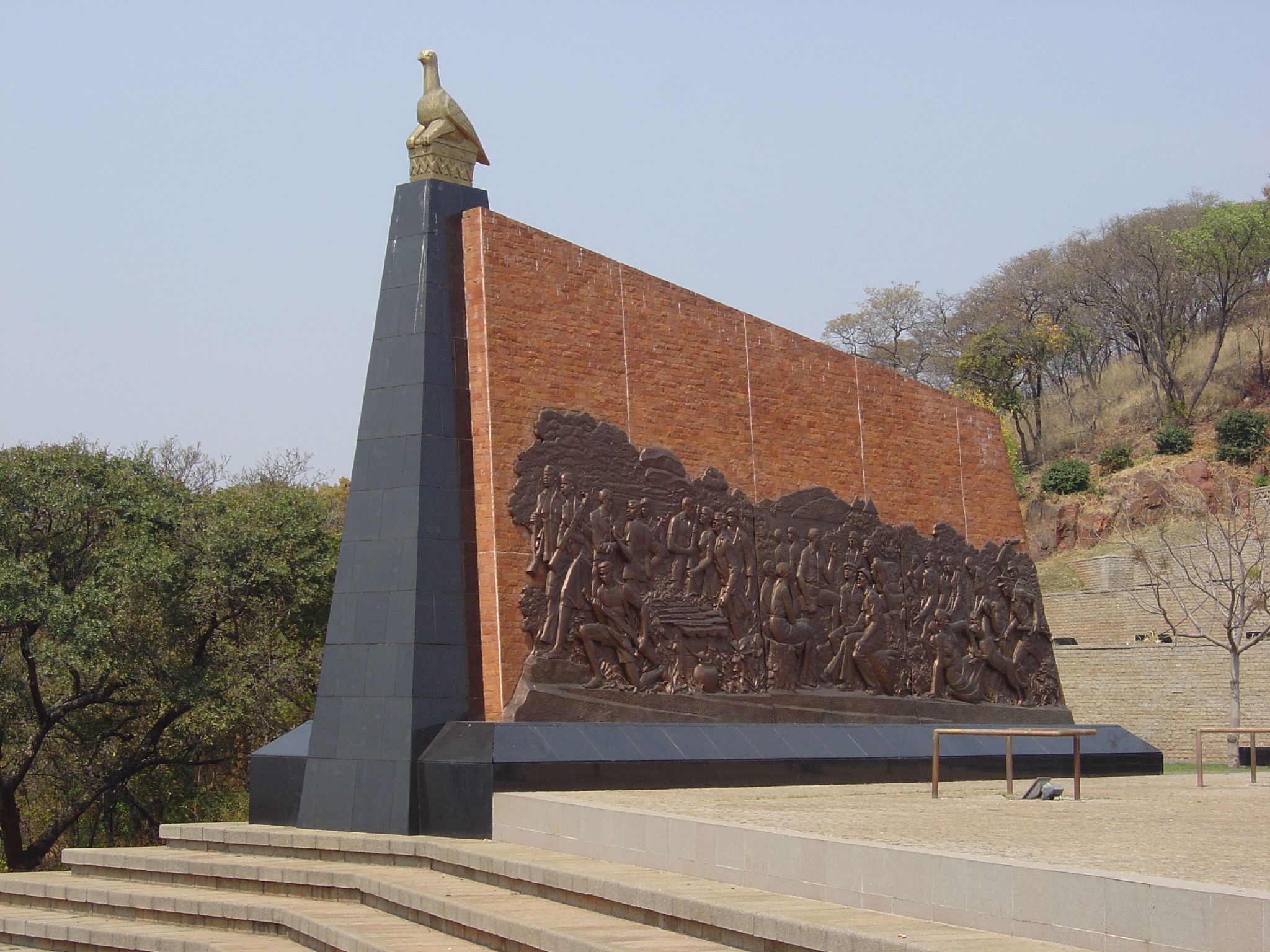
The Heroes Acre in Harare, symbol of bravery and selflessness.
Maintenance at the Zimbabwe Museum of Human Sciences (originally the Queen Victoria Museum) is not what it should be, but you will leave with an interesting take on the history of the region. It is also home to the oldest wooden artefact ever found in Sub Saharan Africa, the 700 year old Lemba ngoma lungundu is believed to be a replica of the Ark of the Covenant.
Or you could just spend a day sipping cappuccinos in Borrowdale Village before joining locals watching cricket at the Harare Sports Club or rugby at Old Georgians. Harare is also a city where the African bush is not far away.
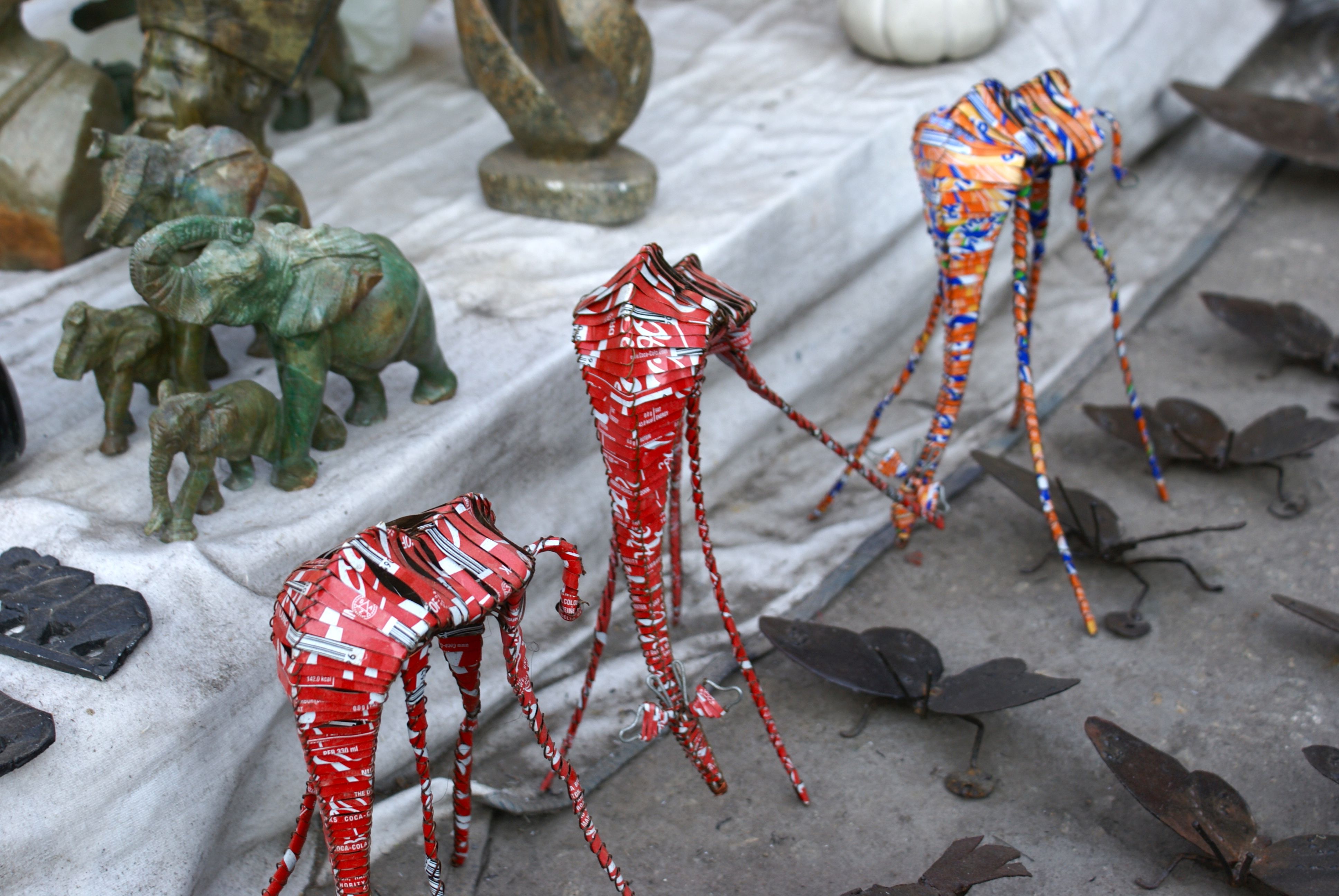
Harare’s craft markets show off the imaginative work of the city’s artisans. (Image: Hamish Evans, CC BY 2.0, via Flickr)
You can ride horses or hike through the Mukuvusi Woodlands or National Botanic Gardens. Both parks are world renowned bird watching sites. It is possible, especially if you visit during the rainy season, to see up to as many as 20 different species a day through the tree canopy of Mukuvusi or Christonbank.
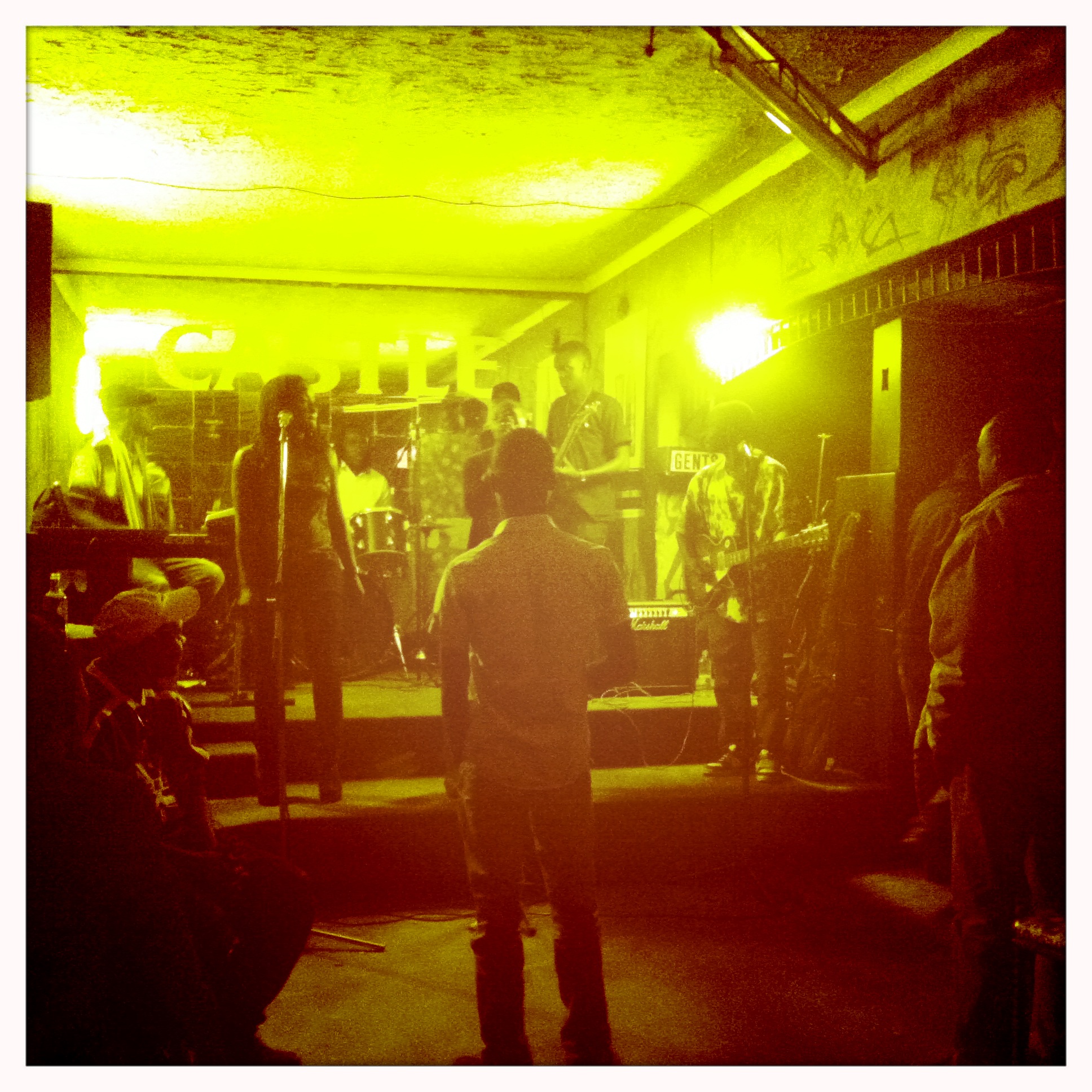
Harare is a city of hip bars and cool nights out. (Image: Relatively Crane)
During April and May the city lets loose and parties when the annual HIFA Festival takes place. The festival is a showcase of local music, theatre, dance, visual arts and traditional crafts. The whole festival is an opportunity for local artists to collaborate and network with international headliners.
The festival is Zimbabwe at its exuberant, multicultural best. It captures perfectly the soul of the Sunshine City.
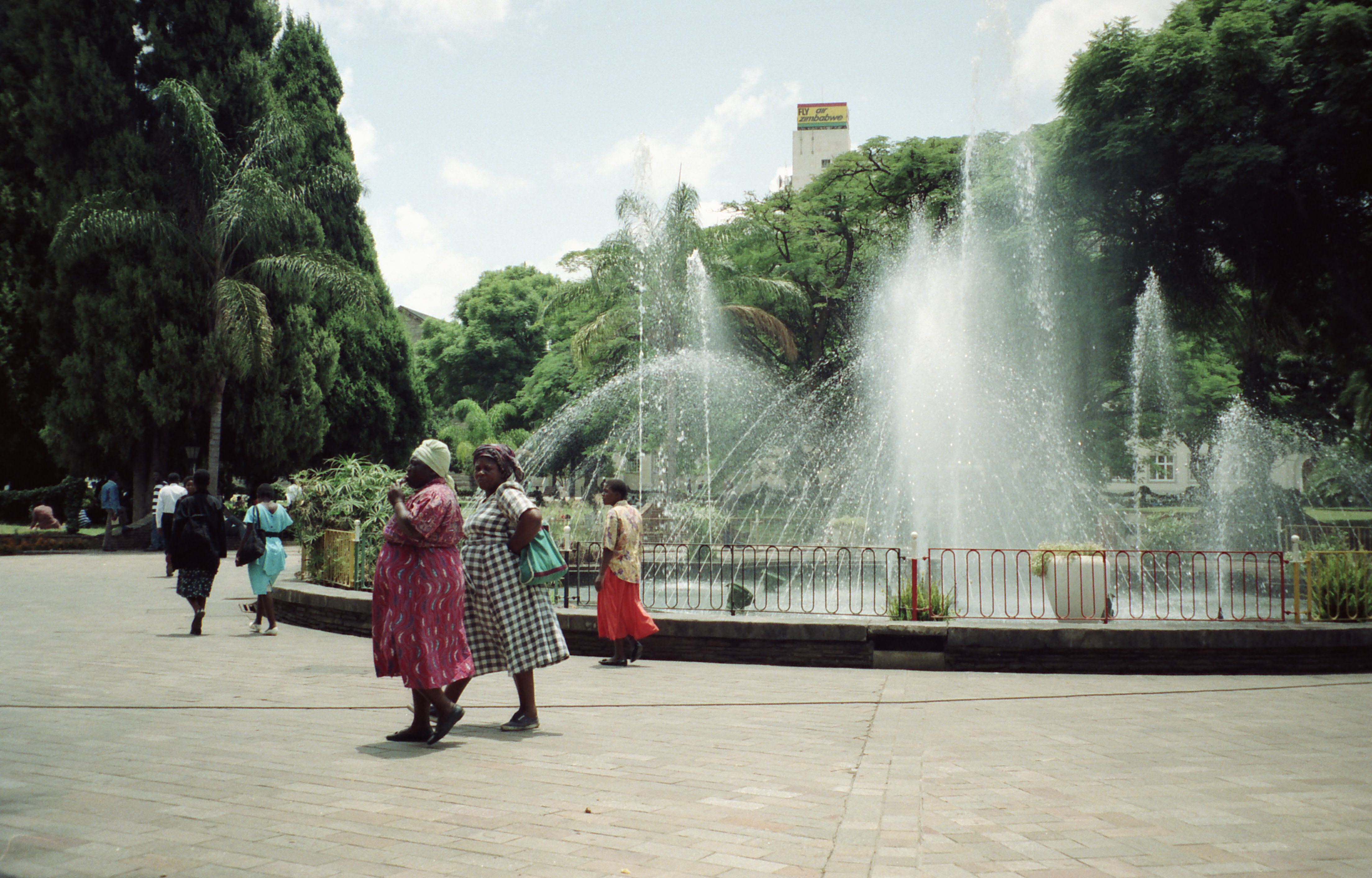
The heart of Harare, Africa Unity Square. (Image: Wikipedia)


